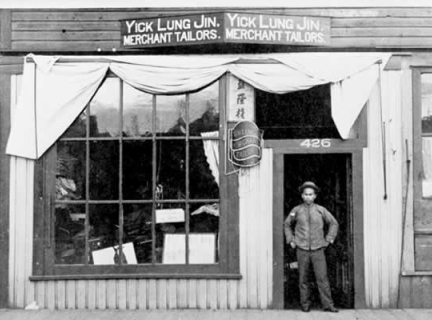Get Organized

You have 2 parents, 4 grandparents, and 8 great-grandparents. The number of your direct ancestors doubles in each generation, so that by the time you get back to your great-great-great-great-great grandparents, there are 128. And that's not counting all the aunts and uncles, sisters, and cousins.
The more you explore your family history, the more information you will gather. At the beginning, it is worthwhile to spend some time getting organized.
There are many ways of organizing genealogical files and data, and it is up to you to decide how to arrange the information that you collect. A number of books offer tips and ideas for organizing your genealogical project, or you can design your own system. The important thing is to decide on an organizational approach and apply it consistently. A sample booklist is available under Recommended Titles below.
The system you select will be based on your budget, the time and amount of storage room you have available, and your personal preferences. For example, some people like to use binders while others prefer filing cabinets.
In most cases, filing systems are organized by name. "Name" files may be further subdivided by various categories, e.g.
Mah
- Charts
- Research log
- Correspondence
- Census records
- Birth, marriage and death records
- Land records
- Military records
- Immigration records
- Wills and probate records
Other systems are organized by generation, such as parents, grandparents, and great-grandparents, with separate files for individuals within each generation, e.g.
Grandparents
- Chow, Lily
- Lim, George
- Mah, Henry
- Wong, Eva
Note: Women are always filed according to their maiden (unmarried) surnames.
